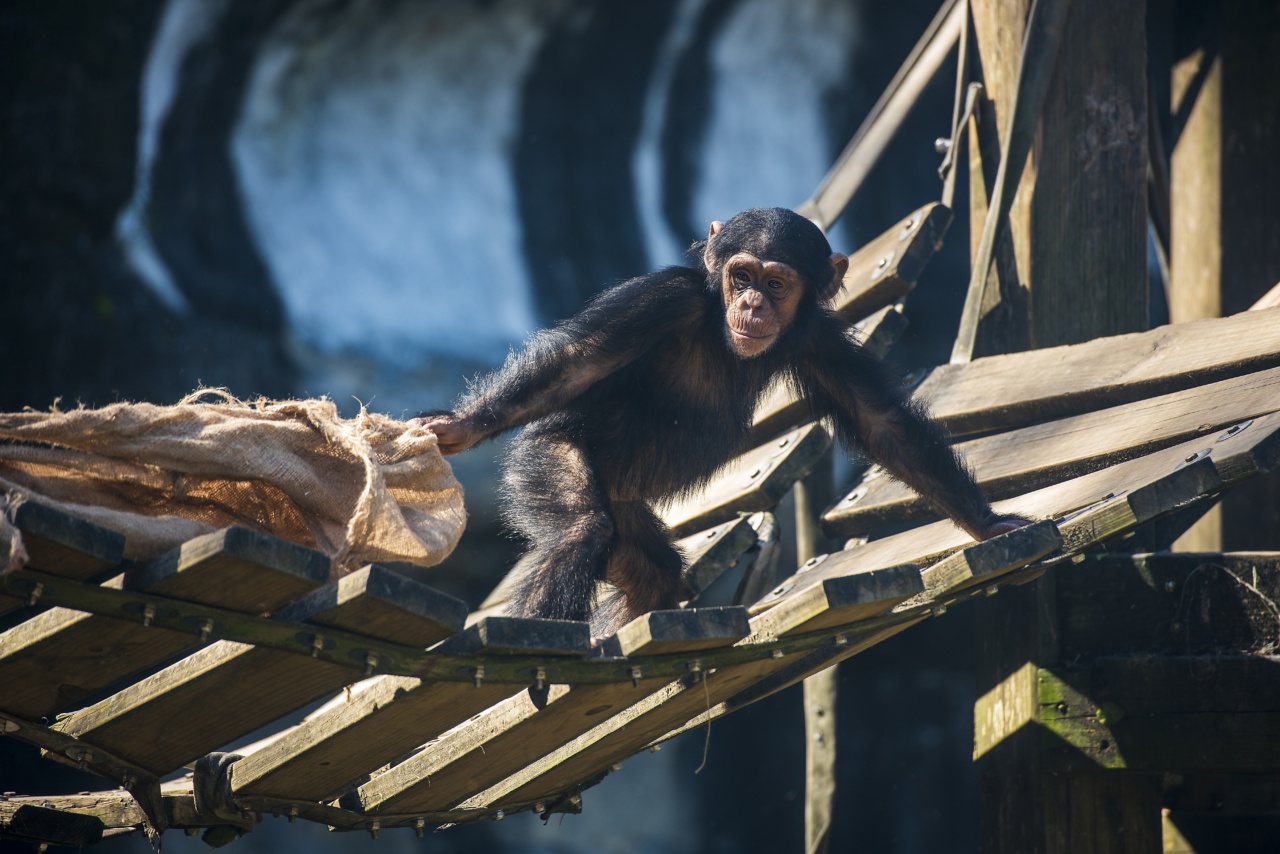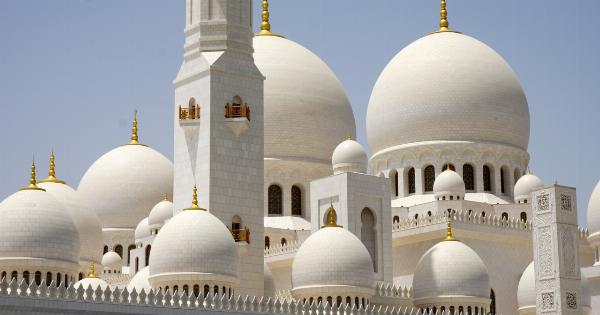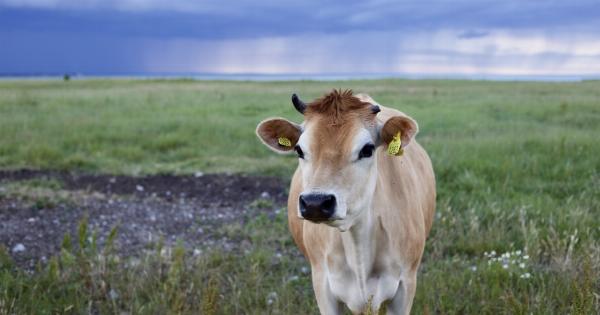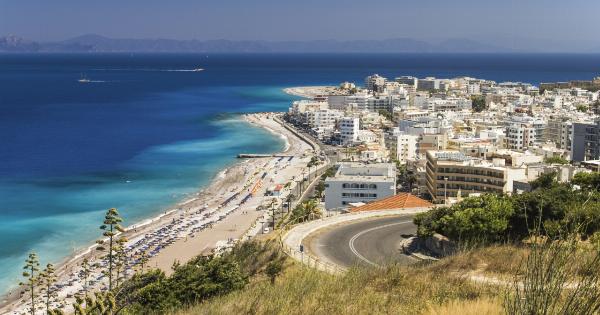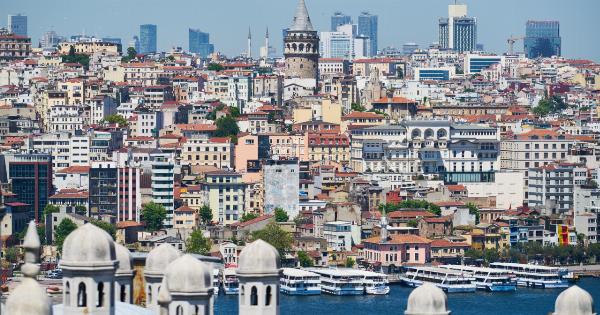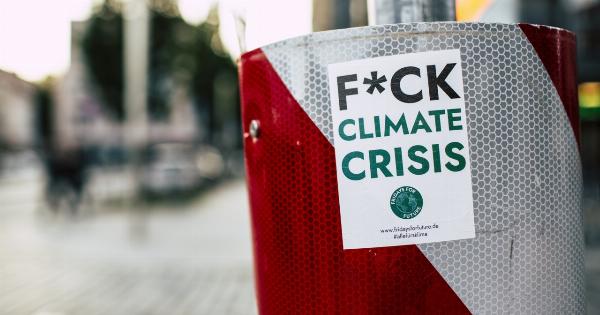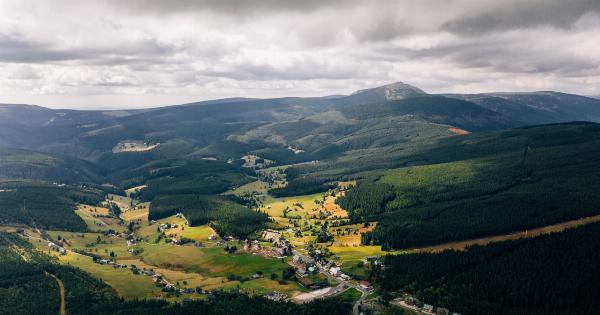The Monkey Mosque, also known as the Galta Ji Temple, is a revered temple located in Jaipur, India. The temple is home to a large population of monkeys, which are believed to be an embodiment of the Hindu god Hanuman.
The temple is an important pilgrimage site for Hindus and has gained attention from travelers around the world for its unique population of monkeys roaming freely around the temple. The Monkey Mosque has been present for centuries and has become a significant cultural landmark in the city. However, with the consistently changing world, the future of the temple remains uncertain.
Here are four possible scenarios that may occur in the future of the Monkey Mosque:.
Scenario 1: Preservation and Maintenance of the Temple
The most likely scenario for the future of the Monkey Mosque is the preservation and maintenance of the temple through the efforts of the government and the local community.
The temple has already been recognized as a heritage site by the Archaeological Survey of India and receives a significant amount of funding and support from the government. Additionally, the temple attracts a considerable number of visitors every year, and the revenue generated from tourism can be used to maintain the property.
The government has already taken significant steps in maintaining the temple, including constructing a boundary wall around the temple, improving the water supply for the monkeys, and conducting regular cleanliness drives around the temple.
Moreover, the temple committee has also taken up several initiatives to maintain the cleanliness and serenity of the temple and ensure the safety of the monkeys and the visitors. The collaboration between the government and the local community can ensure the long-term preservation of the temple and sustain its significance for future generations.
Scenario 2: Commercialization and Expansion of the Temple
Another possible scenario is the increased commercialization and expansion of the Monkey Mosque.
Due to its uniqueness and popularity, the temple can become a hub for commercial activities, such as souvenir shops, restaurants, and accommodation facilities. This can lead to the development of the surrounding area and attract more tourists to the region.
However, such commercialization can negatively affect the environment and the animals around the temple. The increased human activity and waste generation can harm the monkeys and their habitat, leading to their displacement.
Therefore, careful planning and management are crucial to ensure that the development is sustainable and that the temple’s cultural significance and natural beauty remain intact.
Scenario 3: Decline or Abandonment of the Temple
The Monkey Mosque’s future can also take a turn for the worse, with the temple’s decline or abandonment due to various reasons such as natural disasters, lack of funds for maintenance, or loss of cultural significance.
Neglect and abandonment can lead to the temple’s disrepair and the gradual disappearance of the monkeys and their habitat.
This scenario would not only cause a significant cultural loss but also an ecological one, as the monkeys are an essential part of the local ecosystem.
Furthermore, the decline of the Monkey Mosque can lead to the loss of tourism revenue and the economic benefits associated with it. Therefore, it is crucial to recognize and maintain the temple’s cultural and environmental significance, ensuring its sustainable development and preservation.
Scenario 4: Conflict with Animal Rights Activists
Lastly, the Monkey Mosque’s future can also face conflicts with animal rights activists. With the growing concern for animal welfare, many organizations and individuals have raised concerns about the treatment of the monkeys at the temple.
Critics have alleged that the monkeys’ captivity and exploitation raise ethical concerns and have called for their release into the wild.
While these concerns are valid, the temple’s significance in Hindu culture and the monkeys’ role in it cannot be ignored.
Moreover, releasing the monkeys into the wild can cause harm to them, as they are not accustomed to life outside the temple. Therefore, the best way forward would be to ensure that the monkeys receive proper care and treatment while maintaining their roles at the temple.
Conclusion
The future of the Monkey Mosque is uncertain, and it is difficult to predict what it holds. However, it is essential to recognize the temple’s cultural and ecological significance and work towards its sustainable development and preservation.
Whether through preservation and maintenance, commercialization, or conflict resolution, it is crucial to ensure that the temple remains a meaningful landmark for future generations to experience and appreciate.
